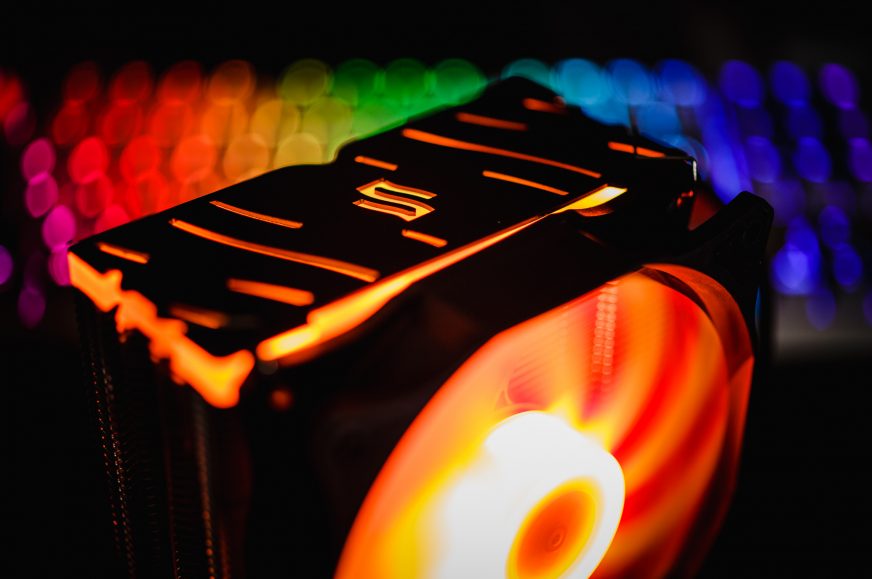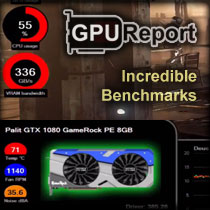Measuring methodology and test results
The recently tested SilentiumPC Fera 3 cooler did not do badly in our tests, but it was a bit noisy. Today we will look at a cooler from the same family, i.e. SilentiumPC Fera 3 RGB. As the name suggests, this cooler offers RGB backlighting. In addition, the entire heatsink is a few millimeters lower and a different fan is also used. I just hope that these differences will not have a negative effect under stress tests.
Testing methodology
The Intel Core i7-5820K in the ASRock X99 Taichi motherboard serves as a heat generator. The whole build is placed on the Streacom BC1 benchtable without fans that would provide airflow. Stress tests are performed using the Aida64 Extreme application with a duration of 45–60 minutes. Coolers are tested at three speed levels (800, 1200 and maximum) at a processor clock speed of 4200 MHz with a voltage of 1.150 V. This is followed by another set of tests at 4,500 MHz with a voltage of 1.350 V. The processor power draw at these frequencies is about 150 W or approx. 200 W. The second set of tests represents a heavy load for most coolers. Therefore, not all tested coolers can be expected to be able to cool the processor at all speed levels.
Noise is measured using a calibrated Voltcraft SL-100 digital sound level meter in fast measurement mode (125 ms) with a sensitivity range of 30–100 dBA approx. 50 cm from the cooler. Measurements take place at three fan speed levels, namely 800, 1,200 and maximum. Speed control is provided by the Noctua NA-FC1 controller. The ambient noise level is below 33.0 dBA. At the end of the test, the highest temperature reached is always noted down. All data regarding temperatures and power draw of the processor are obtained from the HWiNFO64 application. The results are then corrected for ambient temperature as the final Delta T value. The test success limit is set at 80 °C. Any higher value means a processor temperature above 100 °C and a risk of thermal throttling. Therefore, if the cooler does not pass a load with a Delta T value below 80 °C, such a test is marked as failed.
Test results
It can already be seen here that a high amount of waste heat in combination with low speeds means that most coolers are not able to prevent the processor from overheating and subsequent throttling. This is not unexpected, it is simply the physical limit of the cooler and does not mean that the cooler is of poor quality.












